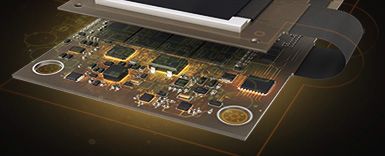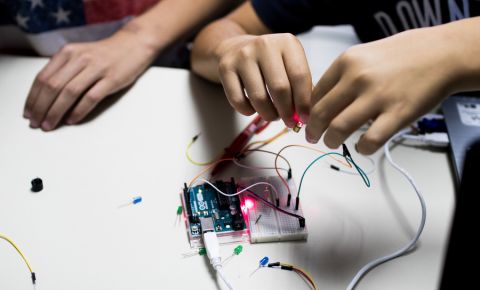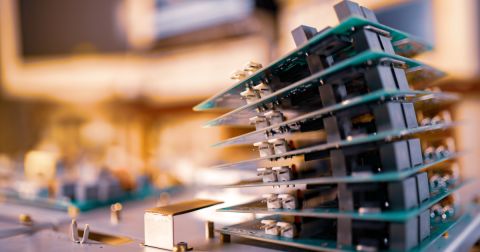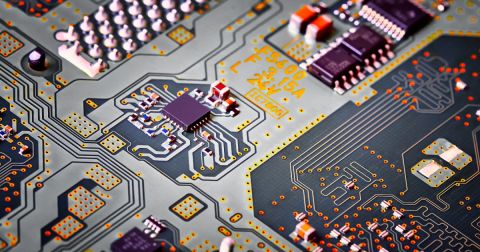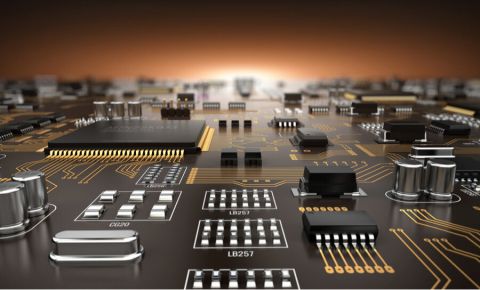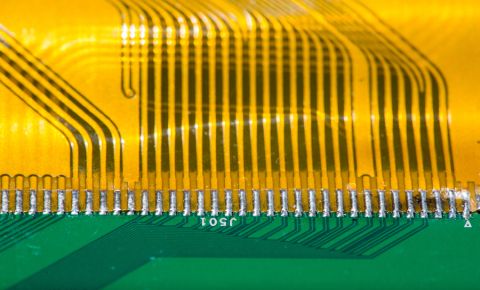How 3D Modeling Has Changed Electronics Design Forever
Today, it’s essential to investigate thoroughly both the mechanical aspects of a PCB and with the system that it is integrated. You can no longer do one without the other. How has 3D modeling helped designers to investigate the mechanical aspects of a PCB design?
3D Modeling The Altium Way
Altium was the first to introduced 3D technology to PCB design software, by making 3D integration available within the Altium Designer® Unified development platform. And the rest, as they say, is history. Altium Designer is now capable of importing and exporting mechanical CAD files such as STEP. We’ve also taken strides to create direct interaction between Altium Designer and SOLIDWORKS®, allowing for real Electrical and Mechanical interaction using either Parasolid models or SOLIDWORKS® part models. Here are just a few of the ways our 3D technology has changed electronics design forever:
Rigid-Flex Designs
Altium Designer supports Rigid Flex design and allows you to model the complete Rigid Flex assembly in 3D, to ensure mechanical compliance. It is also possible to export a 3D model of your Rigid Flex in its final orientation.
Creating Board Shapes from 3D Models
An electrical engineer can now import a mechanical STEP model into an Altium Designer PCB. The model would detail the required PCB board shape and scale created by a mechanical engineer in a mechanical CAD package, including board cutouts, fillets, and mounting holes. Once the electrical engineer has this, they can create the PCB board shape directly from the 3D model, ensuring compliance with all mechanical requirements.
Modeling PCB Footprints in 3D
3D models can be attached directly to a PCB footprint and positioned as required on a footprint within a PCB. This linking is probably the most important step in ensuring a clean working design. When the footprint is placed onto a PCB layout, it can be displayed in 3D and used for 3D DRC interference checking.
Altium can create a 3D step model of a PCB footprint on the fly as information is entered into the appropriate fields in our IPC-Compliant footprint wizard. The resulting footprint can then either be embedded into the PCB footprint, or saved to an external PCB.
The New PCB Design Workflow
As we’ve seen, there are some great 3D enhancements in Altium that can help you create high-quality products faster and cheaper. These 3D enhancements have also had a dramatic impact on our day-to-day PCB design software workflow when mechanical enclosures need to be accounted for. Explore all of the 3D enhancements in Altium that have changed PCB electronics design forever by downloading a free white paper today.

